



Prof. Lily Elefteriadou from the University of Florida visited KAIST and delivered a talk about “Leveraging CAV Capabilities to Improve Traffic Operations”.
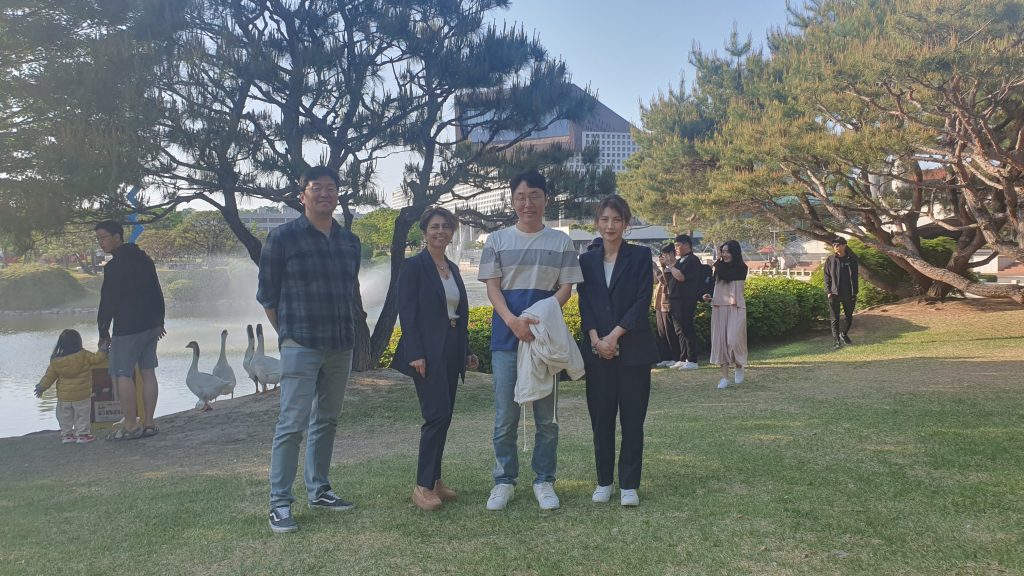
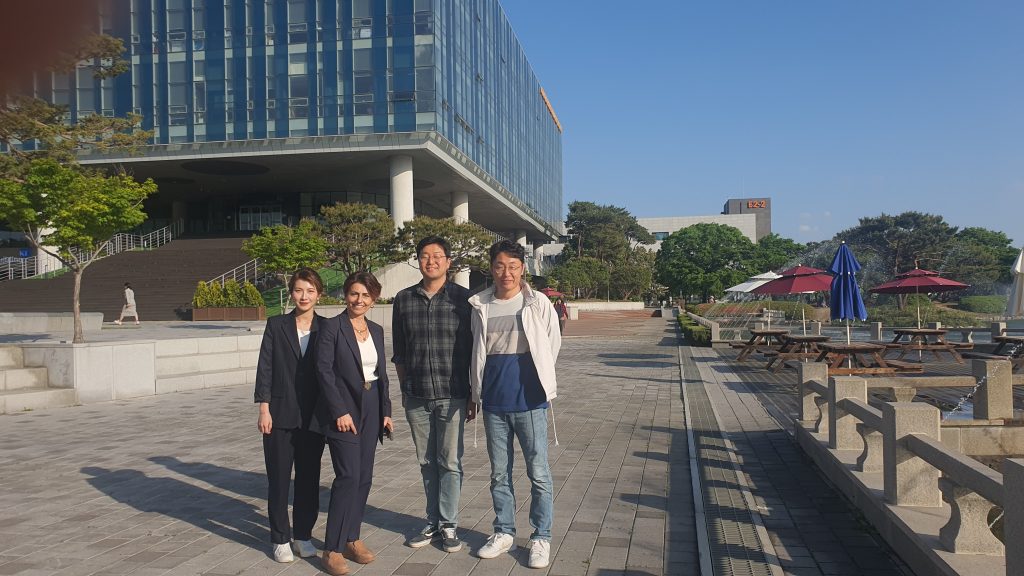
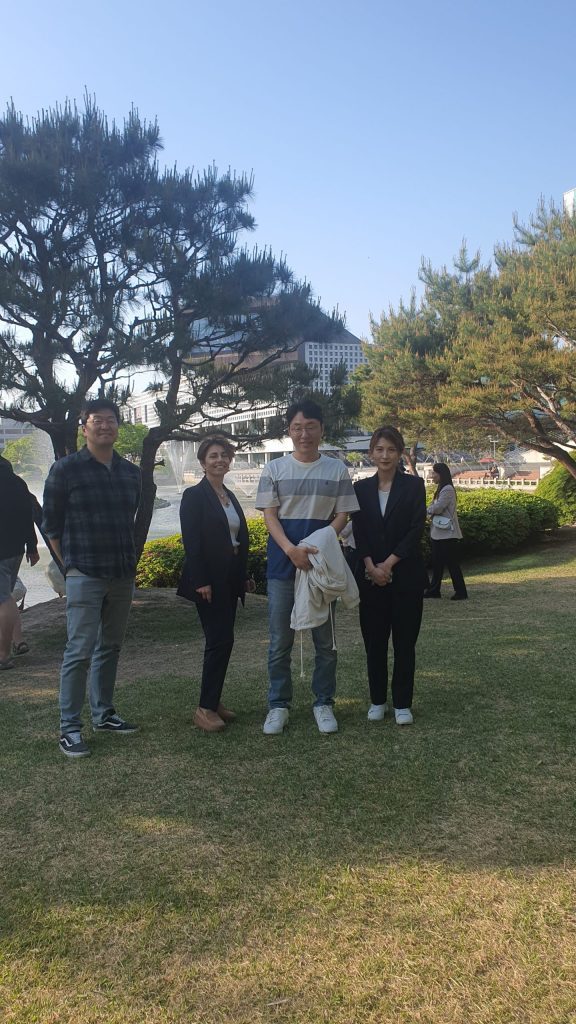

At the Korea ITS conference, our members got the best paper award again.
Congratulations Jaehyuk Kim, Taeho Oh, and Hyuncheol Park.
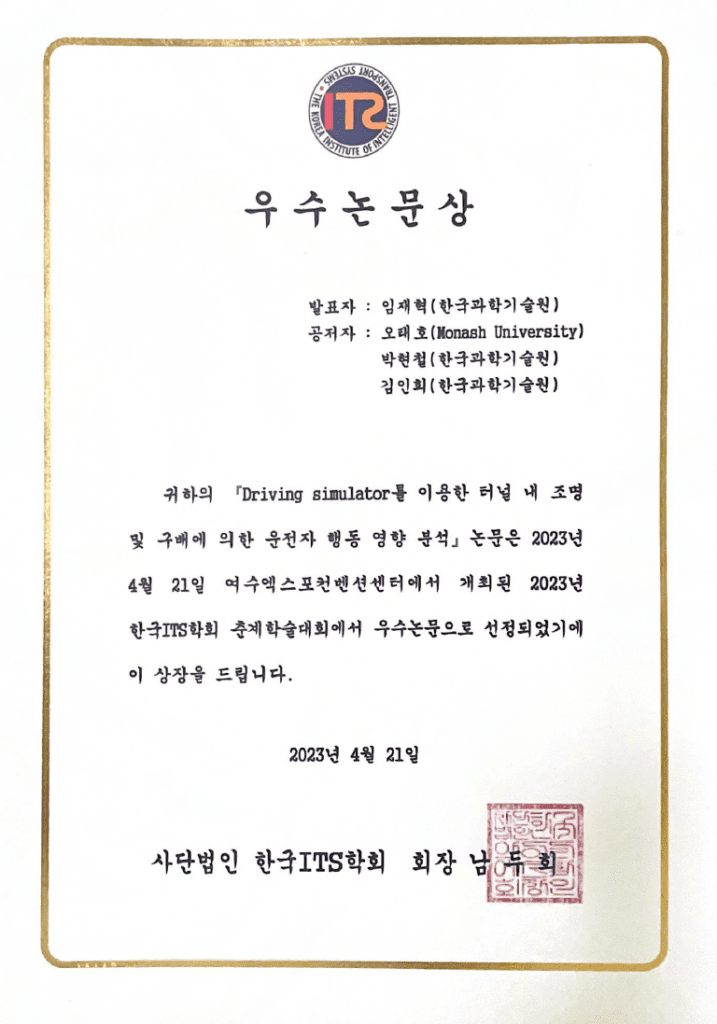
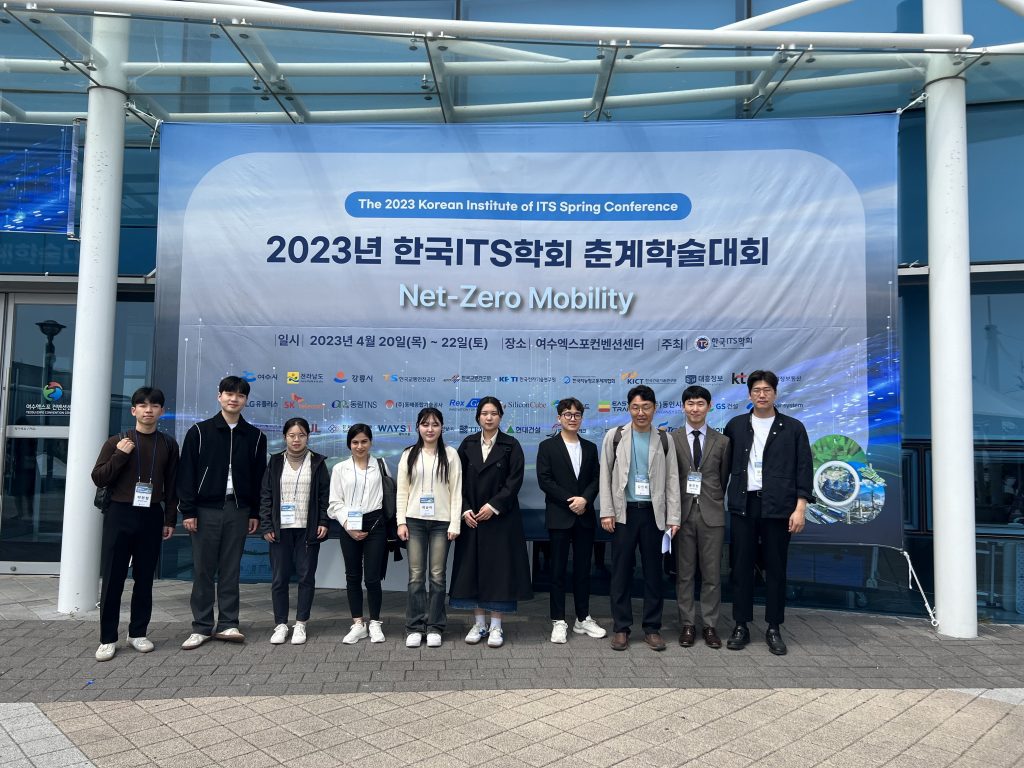
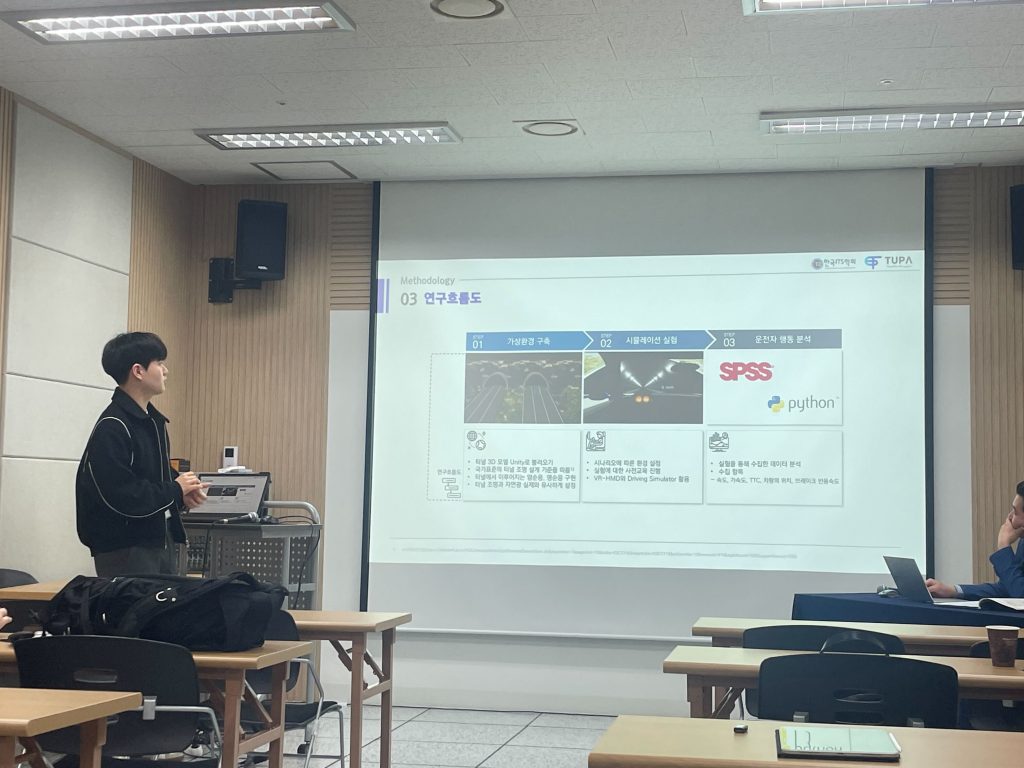
At the 2023 Seoul Mobility Show(https://lnkd.in/gVxGSU9S) , we exhibited the multi-agent metaverse platform on behalf of KAIST Cho Chun Sik Mobility Graduate School. The KAIST campus was made into a virtual environment for the children who visited our booth and the experience of exploring the campus by walking, running, and driving in the virtual environment.
The self-driving car developed by Prof. Dongsuk Kum(http://vdclab.kaist.ac.kr/) in our department used the campus as a test bed and trained as a safer vehicle. This is physically time-consuming and costly. Thousands of scenarios can be tested without limit by building a virtual environment, and situations that are very difficult in real life can be created in the virtual environment. These abnormal driving behaviors become very important input data for autonomous vehicles.
Dr. Inhi Kim was appointed as an associate professor at KASIT on 1st Jan 2023. TUPA keeps leveraging research capacity and bringing great social benefit through education and research.
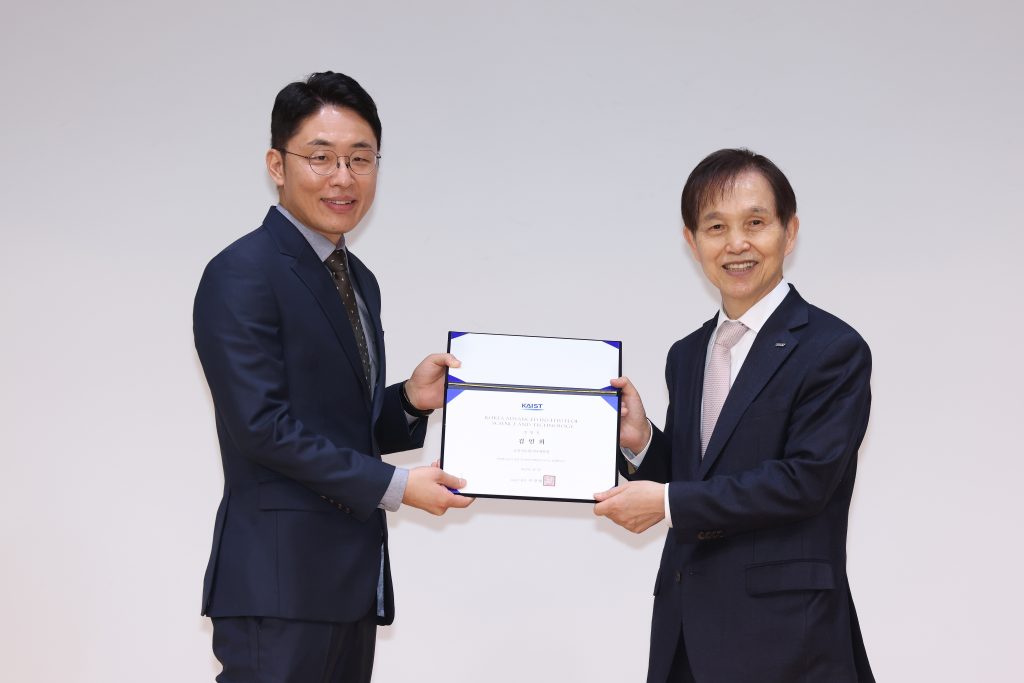
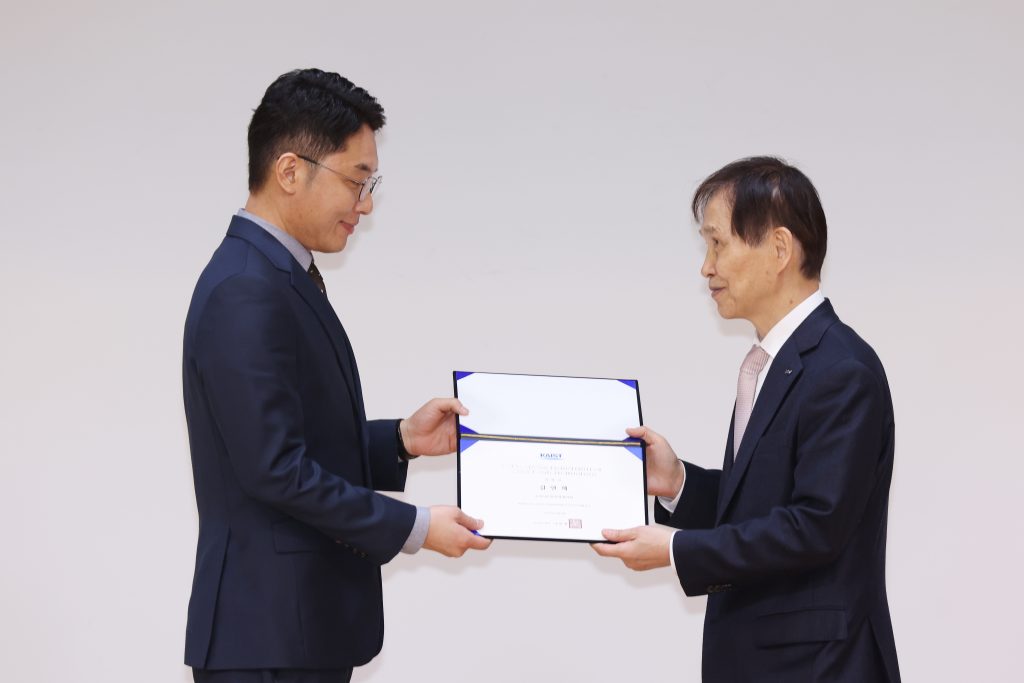
A big congrats on acquisition of drone licenses by TUPA members. Hyunsup and Jaehyuck become pilots of an ultra light vehicle!!
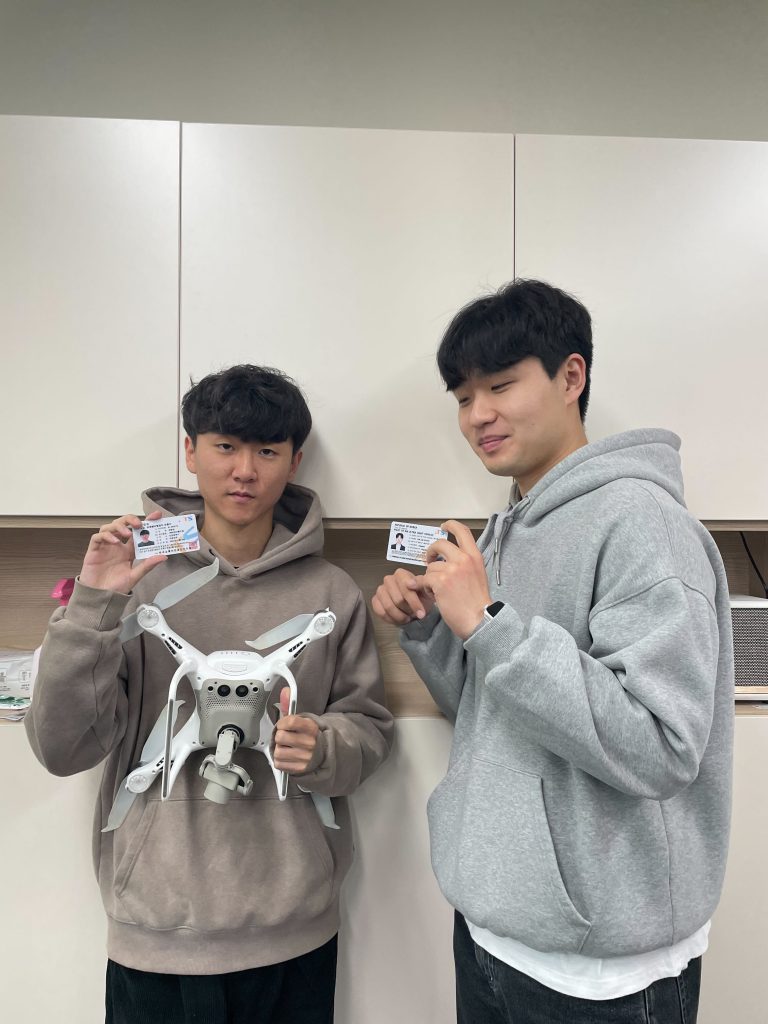



A big congrats!!!
TUPA has 4 papers accepted by TRB 2023. This is a great achievement that our masters students finally make good research impacts. I hope TUPA doubles the research outcome next year!!!

40th Anniversary International Conference of the Korean Society of Transportation & 10th International Public Transportation Forum to commemorate the world-class “K-Transport”

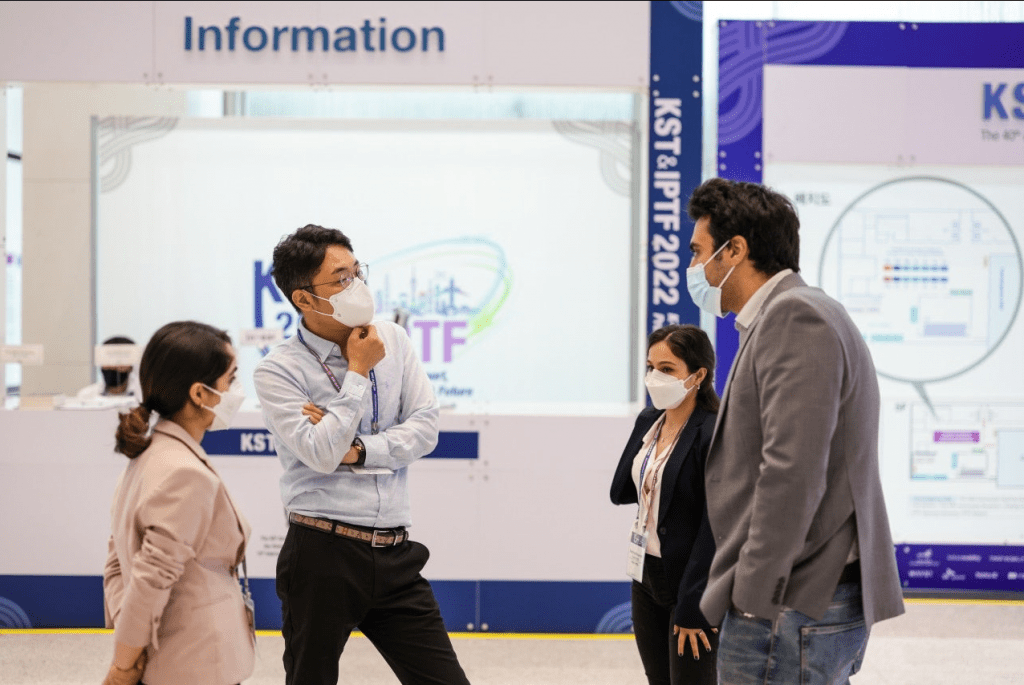
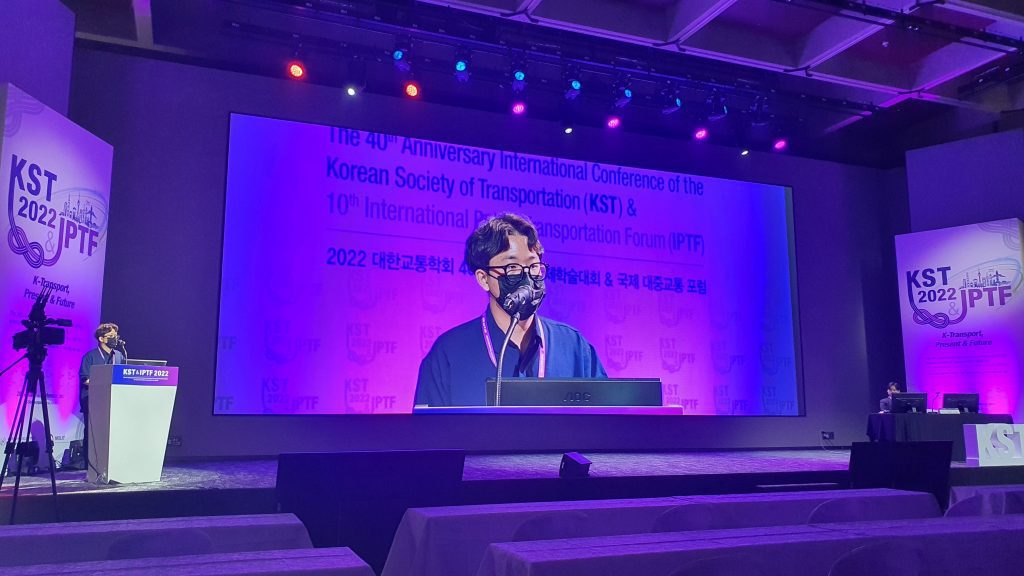
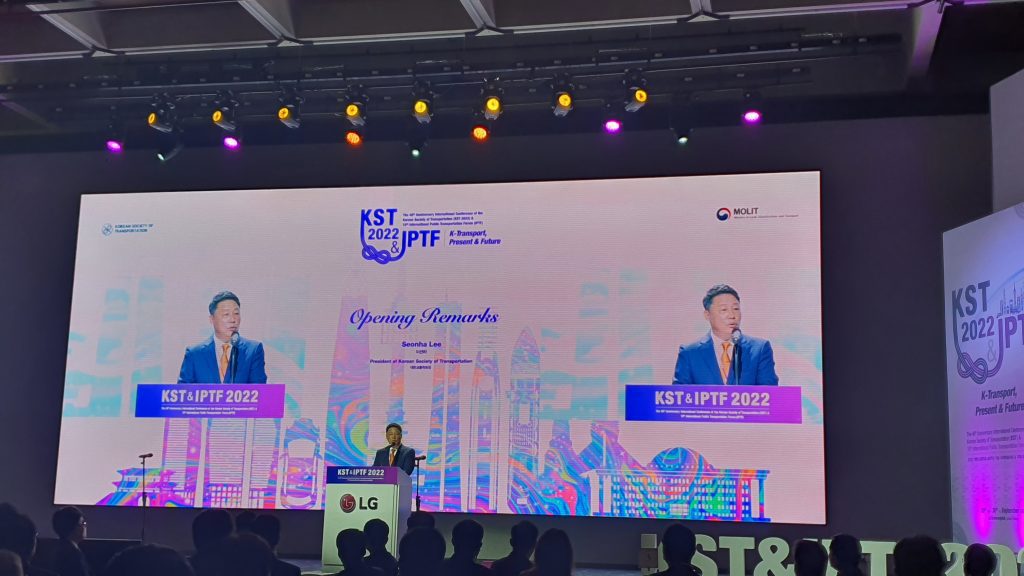
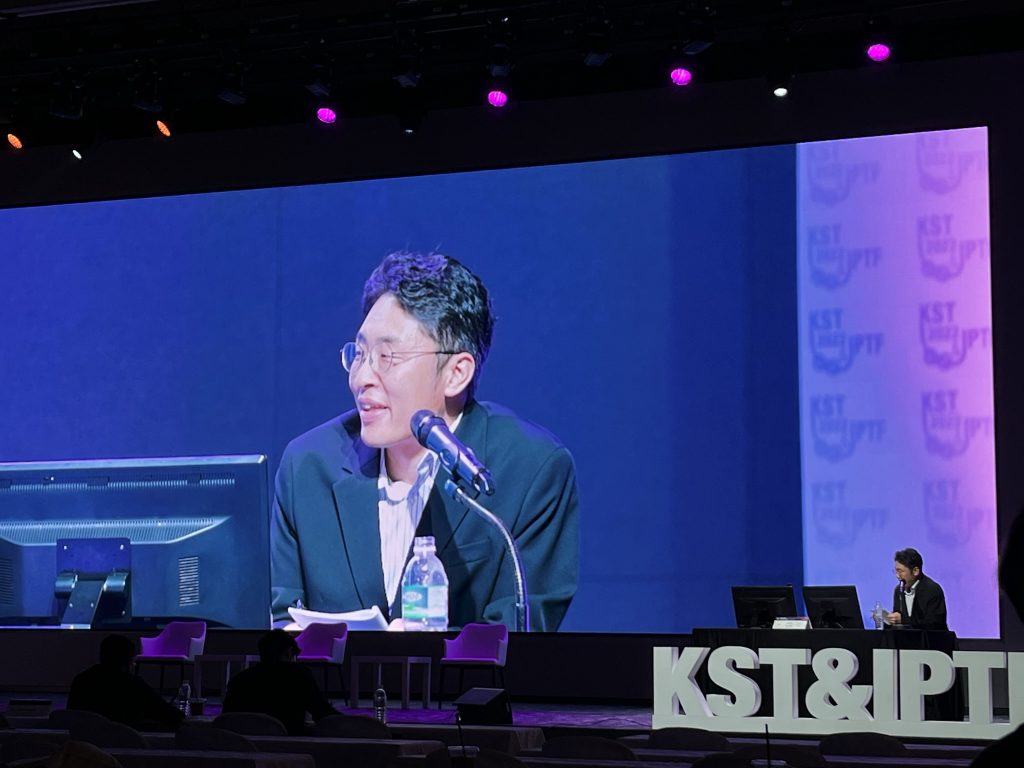

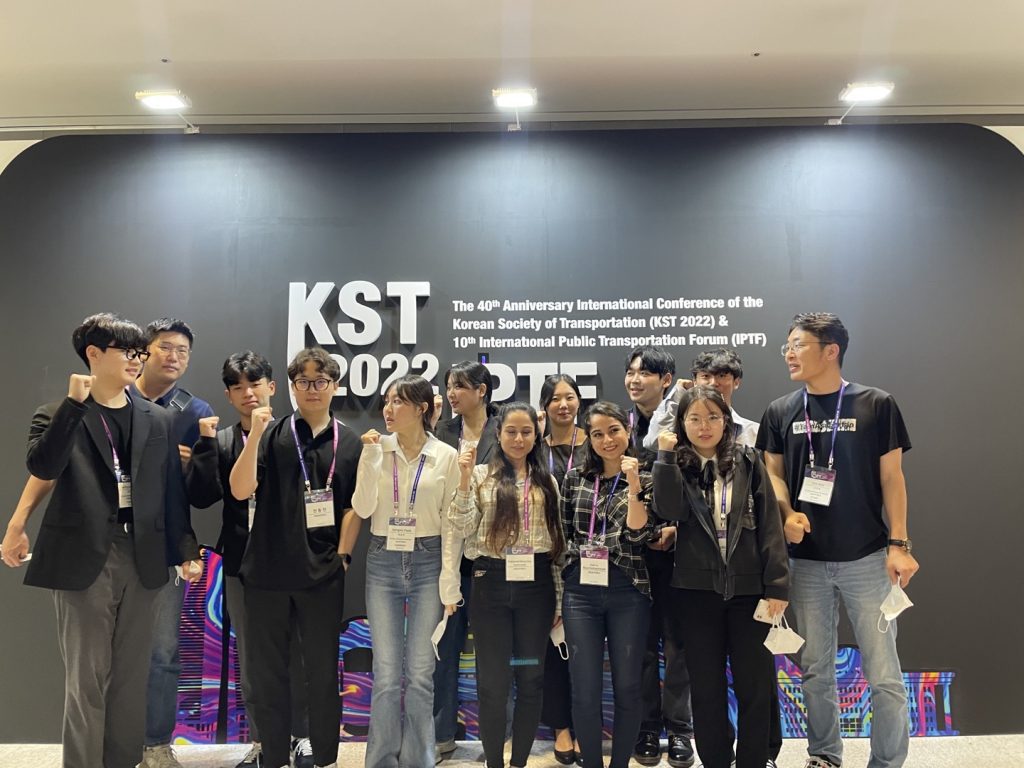
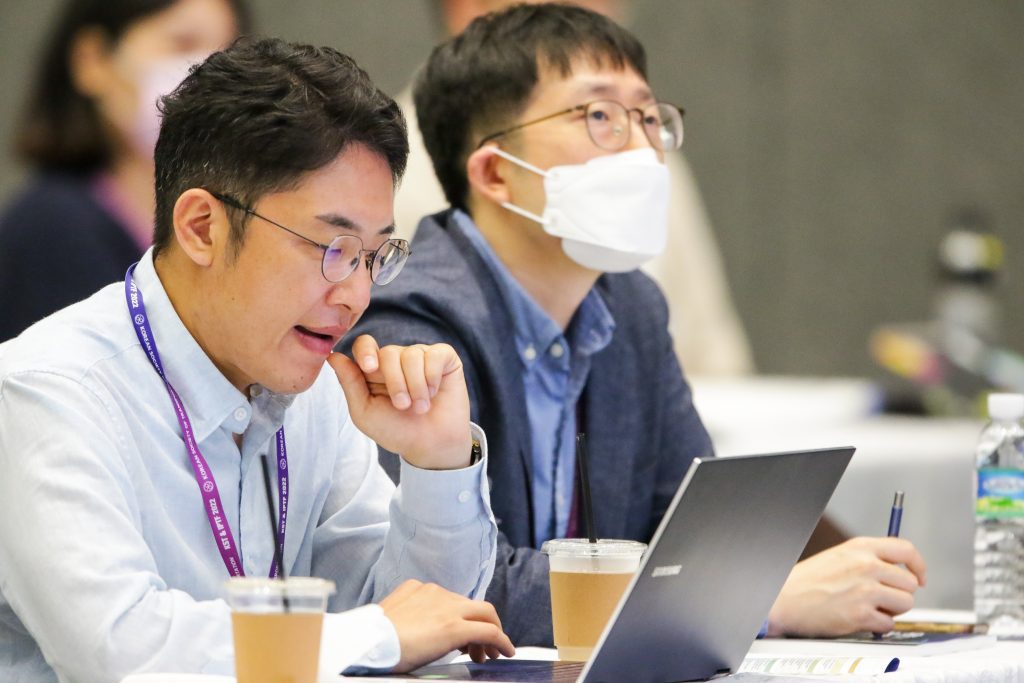


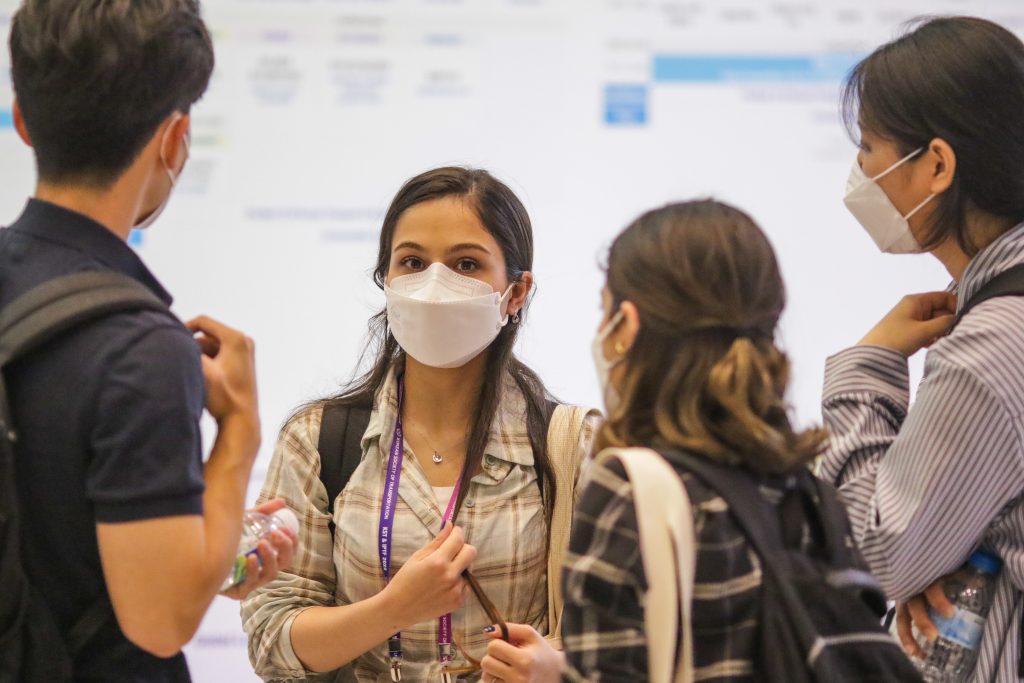
TUPA in LA!!
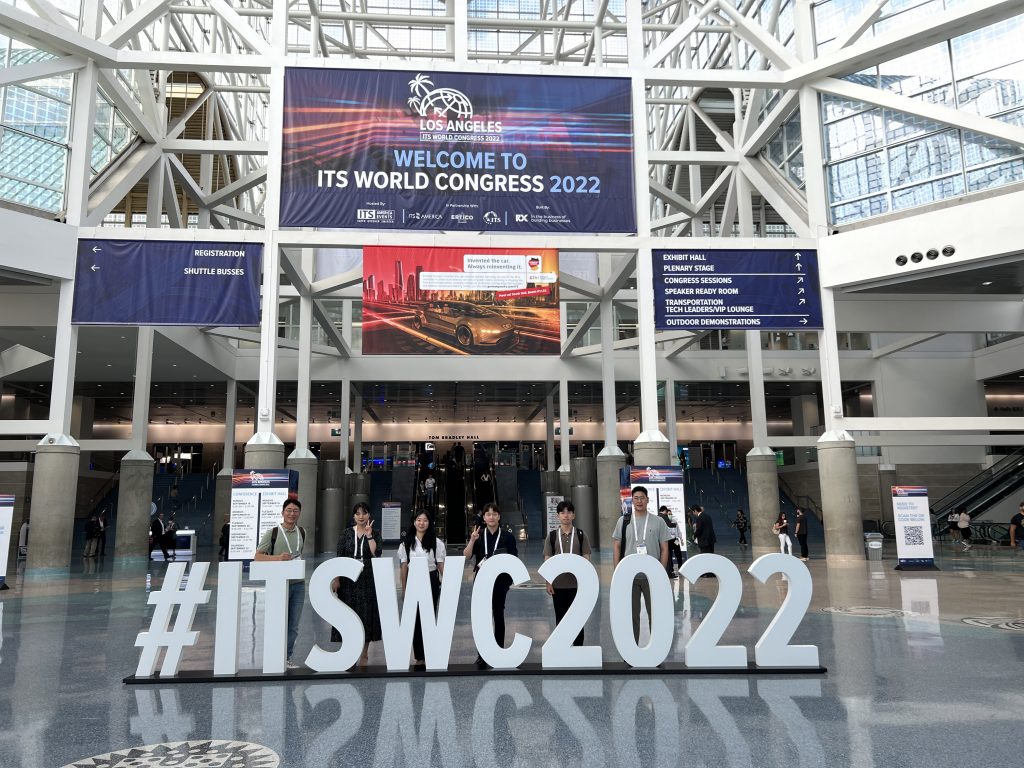
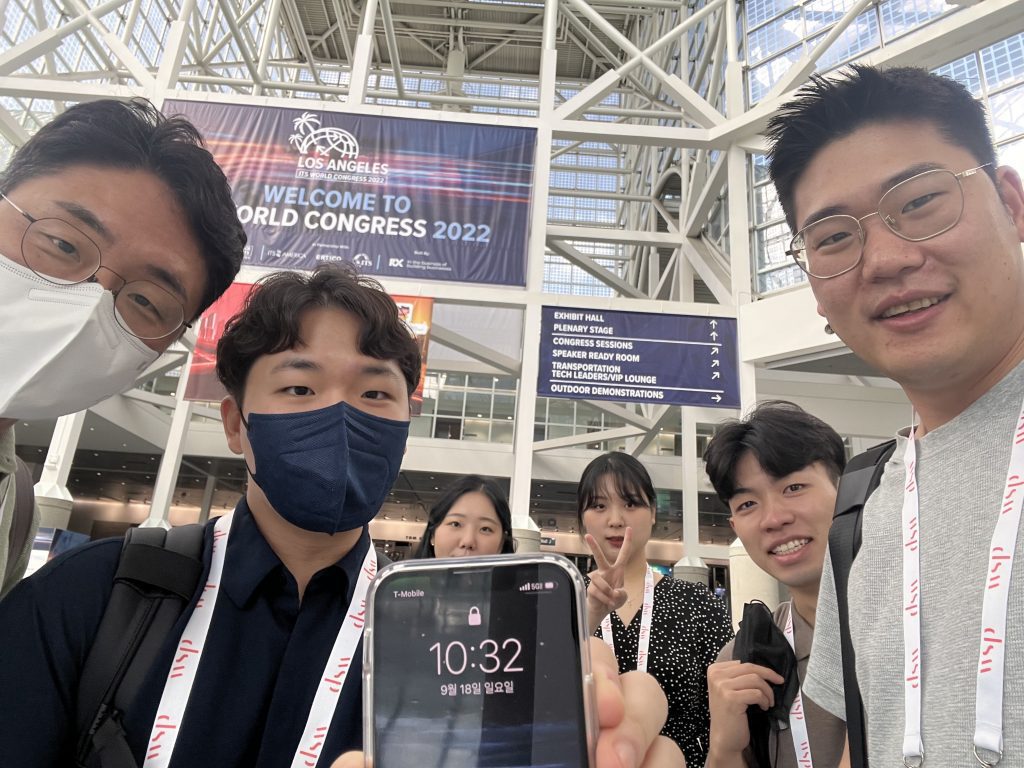
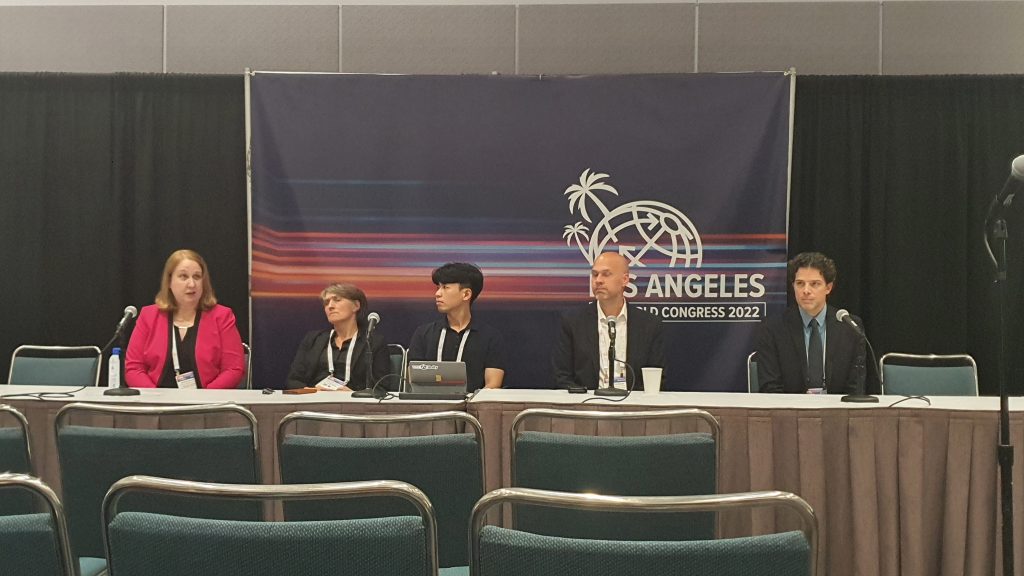
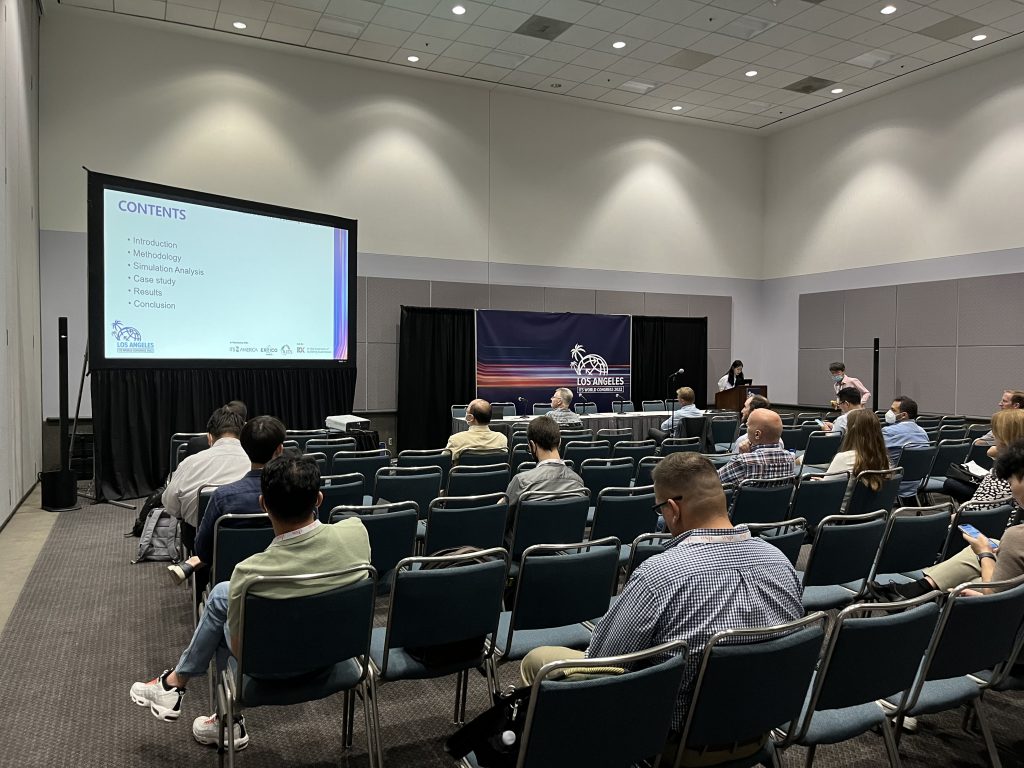
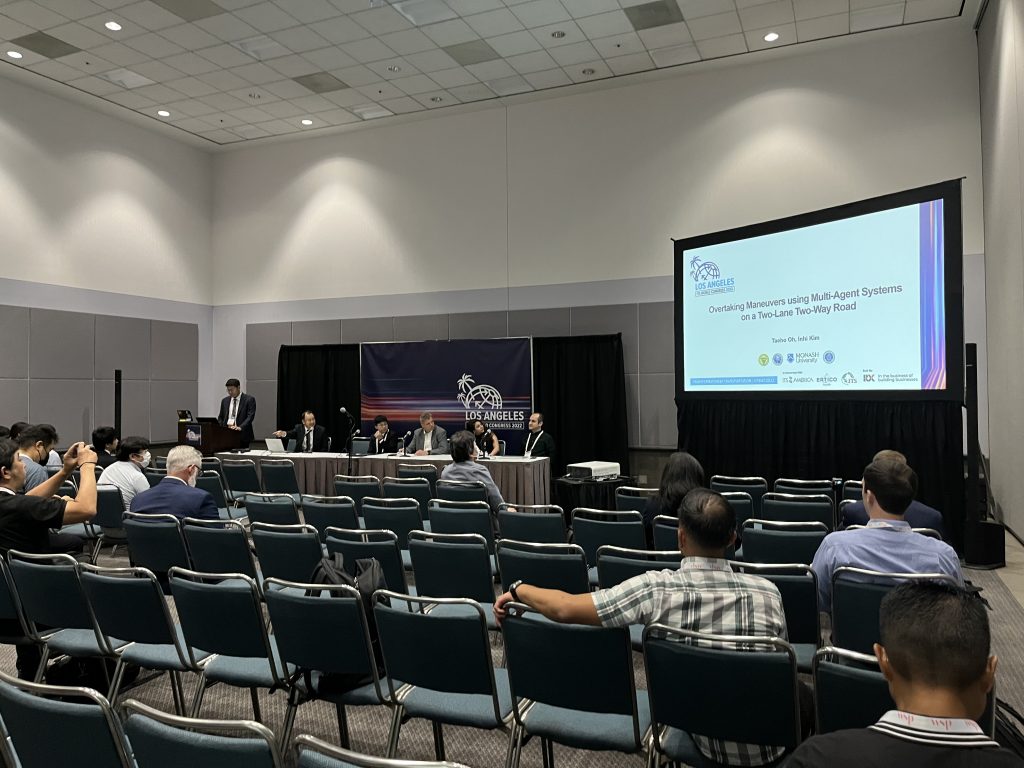
A big congrats!!!
Donghyun Kwon and Bo Wang(Swinburn University in Melbourne) won the 1st prize from Kakao mobility data competition held in the 40th Korean Transportation Conference in Seoul.

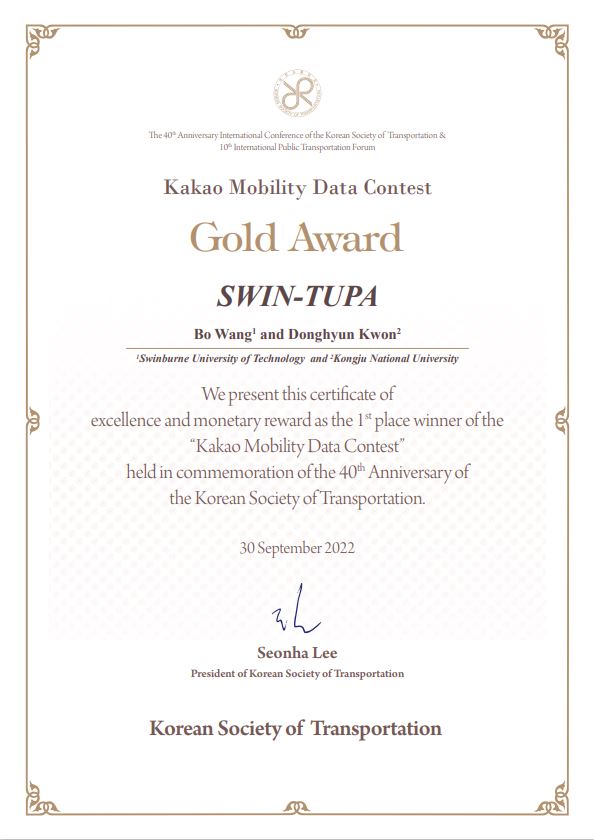
Media appearances below
http://www.ebaekje.co.kr/news/articleView.html?idxno=132187
http://www.ggilbo.com/news/articleView.html?idxno=937818
https://www.ccdailynews.com/news/articleView.html?idxno=2158562
https://www.newscj.com/article/20221006580805
http://m.joongdo.co.kr/view.php?lcode=&series=&key=20221005010000941
http://www.dynews.co.kr/news/articleView.html?idxno=675538
https://www.dtnews24.com/news/articleView.html?idxno=732951
© 2026 TUPA. All rights reserved.